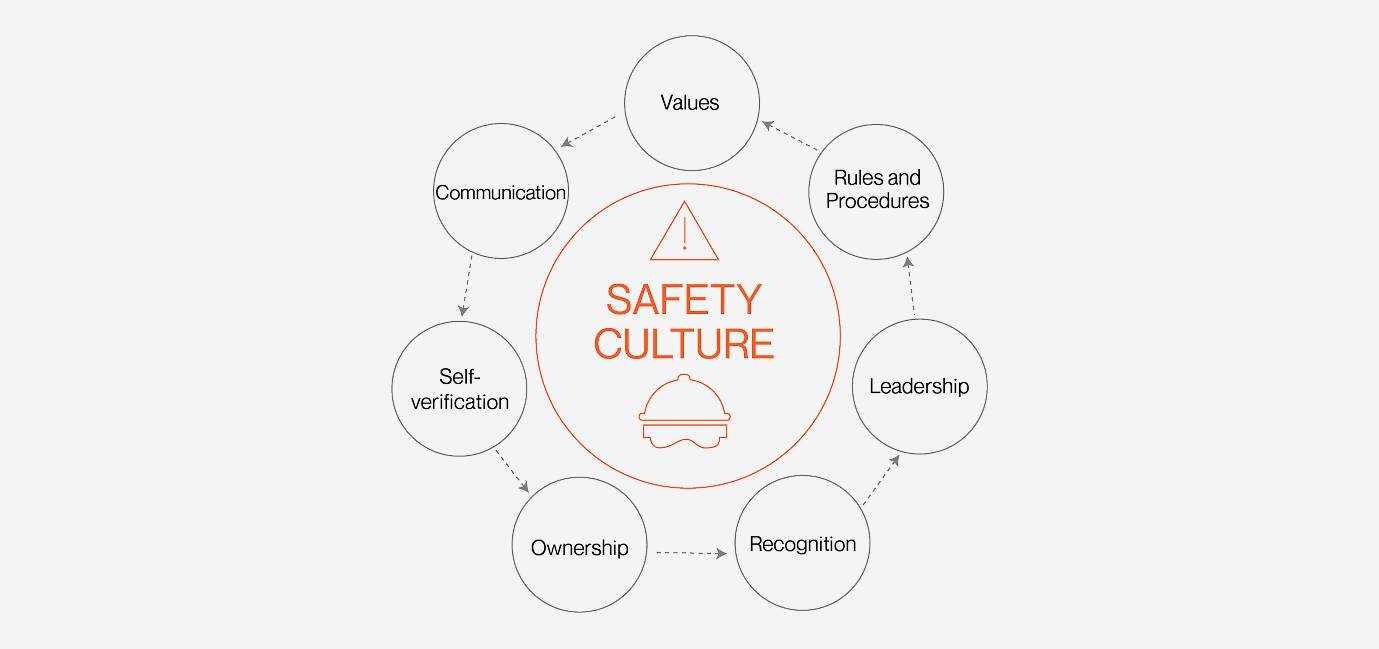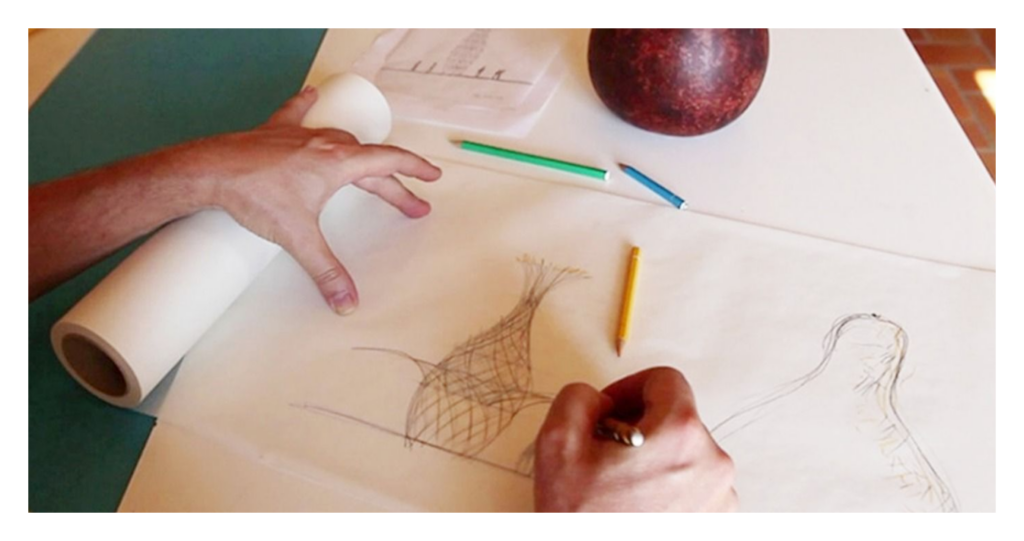Article
Safety Culture in the Workplace
Safety culture is a product of individual and group efforts in the workplace. It’s the attitude or beliefs that employees share in relation to the handling of safety issues in the workplace. Fostering a proactive approach towards workplace safety is fundamental to cultivating a culture of safety.
The definition of safety culture and how it applies in the workplace is about more than just establishing safety policies; it’s also about how you handle safety issues when they arise. How well do you listen to your employees when they bring up problems?
Successful workplace safety cultures are two-way streets. In today’s world of social media and business savvy, employees are no longer willing to tolerate a “my way or the highway” approach. Cooperation and openness are the foundations of a positive safety culture in the workplace.
Here are three things you need to start building a strong safety culture.
Forward-Looking Accountability
Many people think accountability is synonymous with blame. When accountability is done right, it has an entirely different focus. Instead, strive for forward-looking accountability. This type of accountability focuses on the changes that need to be made to prevent the same mistake, rather than reprimanding an individual for making a mistake.
Management
Everyone likes to believe they’re a good boss. But building and improving safety culture starts by looking within. Safety is a part of daily activity–and a part of day-to-day management that leadership recognizes as an ongoing responsibility. Look at root causes and see how you, as a manager, can help eliminate problems before they arise.
Strong Relationships
In case you hadn’t already guessed, strong relationships are the bedrock of any lasting effective safety culture. If your employees don’t believe that they can have honest conversations with you, they won’t feel comfortable coming to you with problems. And if they don’t feel comfortable coming to you with problems, nothing will ever change.
The good news is that being a good leader and building good relationships go hand-in-hand. Don’t just point out problems–point out good work as well. Seek understanding and listen actively when problems arise. Seek feedback on your own effectiveness–and act on the feedback you receive.
The LEAD safety culture model focuses on the skills that make an effective safety leader, summarized by the acronym LEAD:
Leverage (recognizing achievements, providing clarity, and coordinating work) Energize (inspire, empower, and assist workers in growing new safety skills) Adapt (learning from past performance to build safety resilience) Defend (teaching vigilance, monitoring work, and driving accountability) Each of these skills drives a particular mindset, which can be categorized in one of two dimensions: promote/prevent or flexibility/stability.
Read More
- © 2024 SSA. All Rights Reserved.
- Terms of Use



